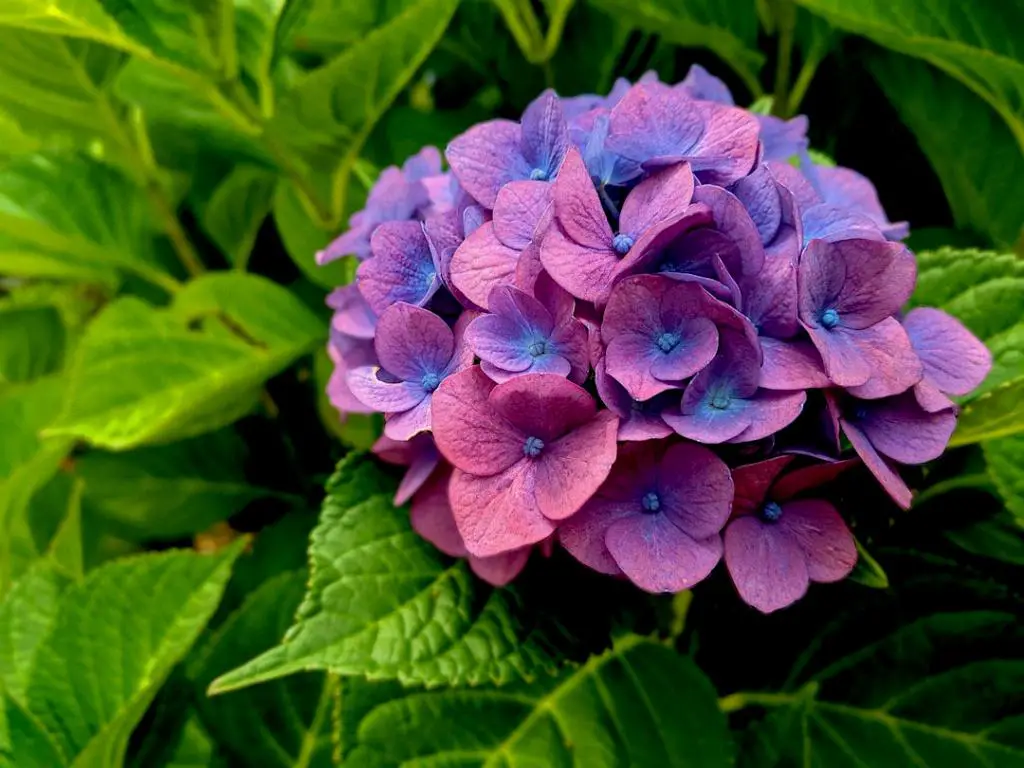When it comes to your hydrangeas not blooming as expected, there are several factors that could be at play. One of the most common reasons is extreme weather conditions, such as prolonged periods of heat or drought. Hydrangeas thrive in moderate temperatures and consistent moisture levels, so any drastic changes in weather can disrupt their blooming cycle.
Another crucial factor to consider is the amount of sunlight your hydrangeas receive. While these plants generally prefer partial shade, excessive sun exposure can actually hinder their ability to produce flowers. If your hydrangeas are located in a spot that gets too much direct sunlight, it may be time to consider relocating them to a shadier area.
Pruning practices also play a significant role in hydrangea blooming. Improper pruning, such as cutting off the buds that will become next year’s blooms, can result in a lackluster flower display. It’s essential to research the specific type of hydrangea you have and learn the correct pruning techniques to ensure optimal blooming.
Soil quality is another critical factor that can impact the blooming of your hydrangeas. These plants thrive in well-draining, nutrient-rich soil. If your soil is lacking essential nutrients or is too compacted, it can prevent your hydrangeas from blooming to their full potential. Consider testing your soil and amending it as needed to create the ideal growing conditions for your plants.
Hydrangeas also have specific pH requirements for optimal blooming. Different hydrangea varieties prefer varying soil pH levels, with some thriving in more acidic soil and others in alkaline soil. If your hydrangeas are not blooming, it may be beneficial to test the pH of your soil and adjust it accordingly to meet the needs of your specific plants.
Another factor to consider is the age of your hydrangea plants. Younger hydrangeas may take some time to establish their root systems and reach maturity before they begin blooming profusely. If you have recently planted hydrangeas and are not seeing many flowers, be patient and give them time to acclimate to their new environment.
Over-fertilization can also hinder the blooming of hydrangeas. While these plants benefit from occasional fertilization, excessive use of fertilizers, especially those high in nitrogen, can promote lush foliage growth at the expense of blooming. It’s essential to follow recommended fertilization guidelines and avoid overfeeding your hydrangeas.
Pests and diseases can also impact the blooming of hydrangeas. Insect infestations or fungal infections can stress the plants and divert their energy away from blooming. Regular monitoring of your hydrangeas for any signs of pest damage or disease can help you address these issues promptly and protect your plants’ blooming potential.
Improper watering practices can also prevent hydrangeas from blooming as desired. Inconsistent watering, either overwatering or underwatering, can stress the plants and affect their ability to produce flowers. Establishing a regular watering routine and ensuring that your hydrangeas receive adequate moisture without becoming waterlogged is crucial for promoting blooming.
Lastly, the specific hydrangea variety you have can influence its blooming habits. Different hydrangeas bloom on old wood, new wood, or both, so understanding the blooming characteristics of your particular variety is essential for proper care. Research the specific requirements of your hydrangea type and adjust your pruning and care practices accordingly to promote optimal blooming.
In conclusion, a combination of factors, including weather conditions, sunlight exposure, pruning techniques, soil quality, pH levels, plant age, fertilization, pest management, watering practices, and plant variety, can all contribute to why your hydrangeas may not be blooming as expected. By addressing these factors and providing your hydrangeas with the proper care and growing conditions, you can help encourage prolific blooming and enjoy a vibrant display of flowers in your garden.

